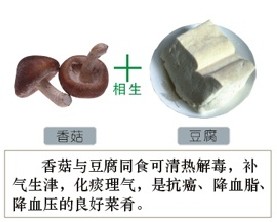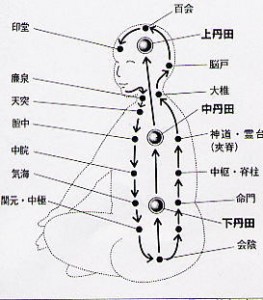Welcome to the third article based on the Xiangsheng Xiangke food chart that I posted in the “Foods that React to Each other“. Today we continue to cover combinations of food that are naturally healthy on their own, but Chinese traditions (and TCM) suggest they react to each other in various ways. Let’s start with a positive combination.

+ When you eat both mushrooms and toufu together, they help “reduce excess eat and clear toxins”, along with assisting in the “increasing air intake and excreting saliva”.  From a Chinese prospective, these reactions are beneficial to your body. A mushroom/toufu dish is also a good combination because they “reduce phlegm/mucus, are anti-cancerous, reduce blood fat and blood pressure.”
From a Chinese prospective, these reactions are beneficial to your body. A mushroom/toufu dish is also a good combination because they “reduce phlegm/mucus, are anti-cancerous, reduce blood fat and blood pressure.”




 Custom Search
Custom Search